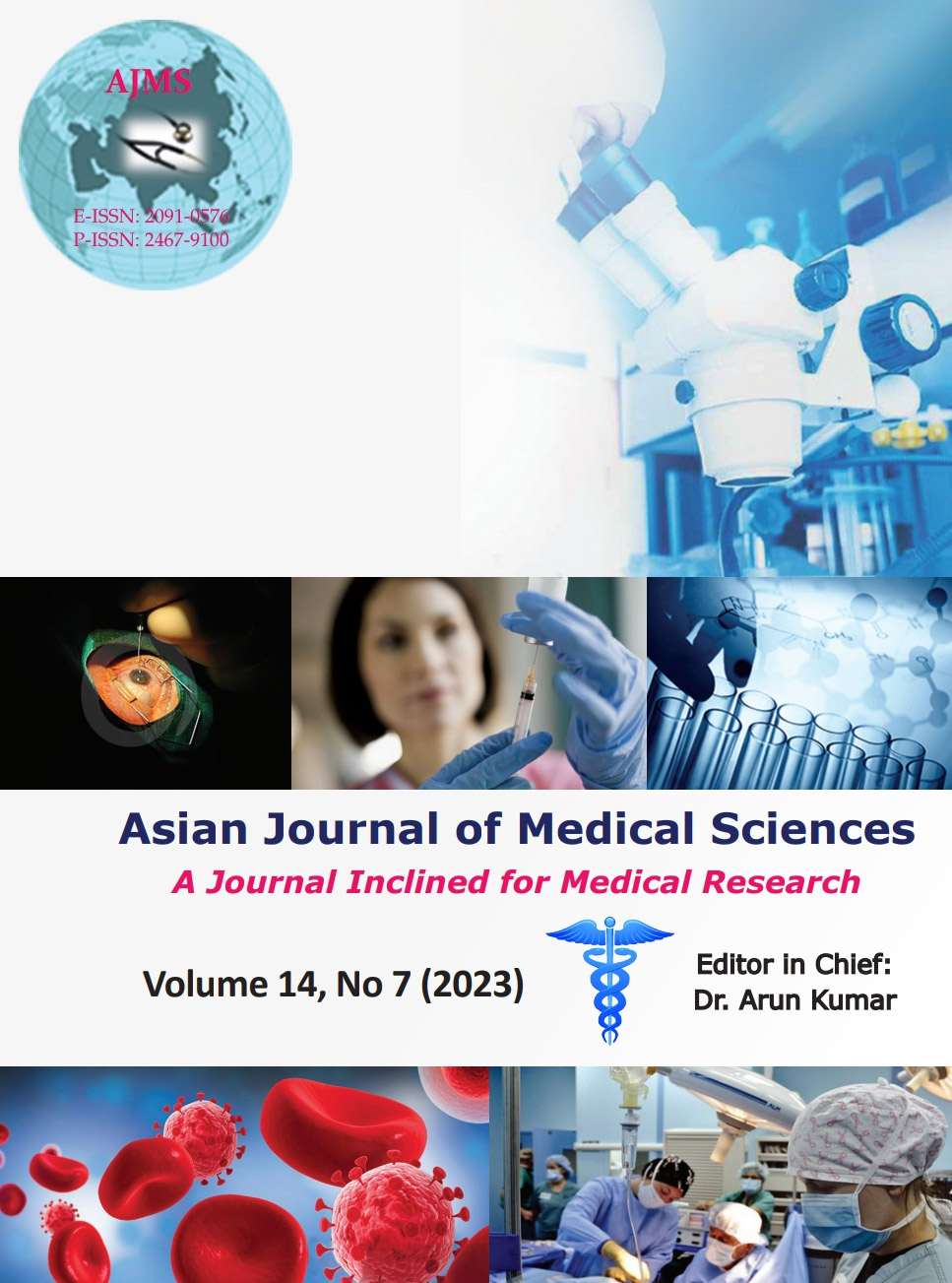Correlation of endometrial thickness using transvaginal sonography with histopathology in women with abnormal uterine bleeding: A cross-sectional study
Keywords:
Abnormal uterine bleeding; Transvaginal ultrasonography; Endometrial aspirationAbstract
Background: Abnormal uterine bleeding (AUB) is one of the most common complaints seen in gynecological practice, and transvaginal sonography (TVS) remains the first-line, non-invasive diagnostic tool in these women.
Aims and Objectives: The aim was to study the endometrial thickness (ET) using TVS and correlate it with histopathological findings obtained through endometrial biopsy in patients with AUB.
Materials and Methods: This was a prospective observational study conducted in a tertiary care center in Northern India, from January 2018 to June 2019. One hundred and sixty women in the reproductive age group presenting AUB were recruited. TVS was done to note (ET) and its echotexture with additional findings such as uterine, adnexal, or other pelvic pathology. The patient underwent endometrial aspiration using Karman Cannula, and its findings were correlated with TVS.
Results: In our study, a majority of patients (40%, n=64) presenting with AUB belonged to the age group of 41–45 years, with fibroid being the most common cause (39.3%, n=63). Thickened ET (>12 mm) was noted in 44 (27.5%) patients and 4 had an endometrial polyp. The mean ET was 11.48±5.11 mm (range: 4–35 mm). The most common normal histopathology noted was secretory endometrium (29.37%, n=47), followed by proliferative endometrium (20.6%, n=33). The abnormal changes included disordered proliferative endometrium (23.1% n=37) and simple endometrial hyperplasia (6.8%, n=11). Four cases were found to have endometrial adenocarcinoma. On correlating TVS with histopathology, it was noted that out of 8 patients with ET of >20 mm, 3 patients had endometrial carcinoma, 2 had disordered proliferative endometrium, and 1 each had pill endometrium, normal secretory, and atypical hyperplasia.
Conclusion: TVS provides crucial information on echo-morphological features of the uterine cavity, and increasing ET mandates histopathological confirmation for ruling malignancy.
Downloads
Downloads
Published
How to Cite
Issue
Section
License
Copyright (c) 2023 Asian Journal of Medical Sciences

This work is licensed under a Creative Commons Attribution-NonCommercial 4.0 International License.
Authors who publish with this journal agree to the following terms:
- The journal holds copyright and publishes the work under a Creative Commons CC-BY-NC license that permits use, distribution and reprduction in any medium, provided the original work is properly cited and is not used for commercial purposes. The journal should be recognised as the original publisher of this work.
- Authors are able to enter into separate, additional contractual arrangements for the non-exclusive distribution of the journal's published version of the work (e.g., post it to an institutional repository or publish it in a book), with an acknowledgement of its initial publication in this journal.
- Authors are permitted and encouraged to post their work online (e.g., in institutional repositories or on their website) prior to and during the submission process, as it can lead to productive exchanges, as well as earlier and greater citation of published work (See The Effect of Open Access).




